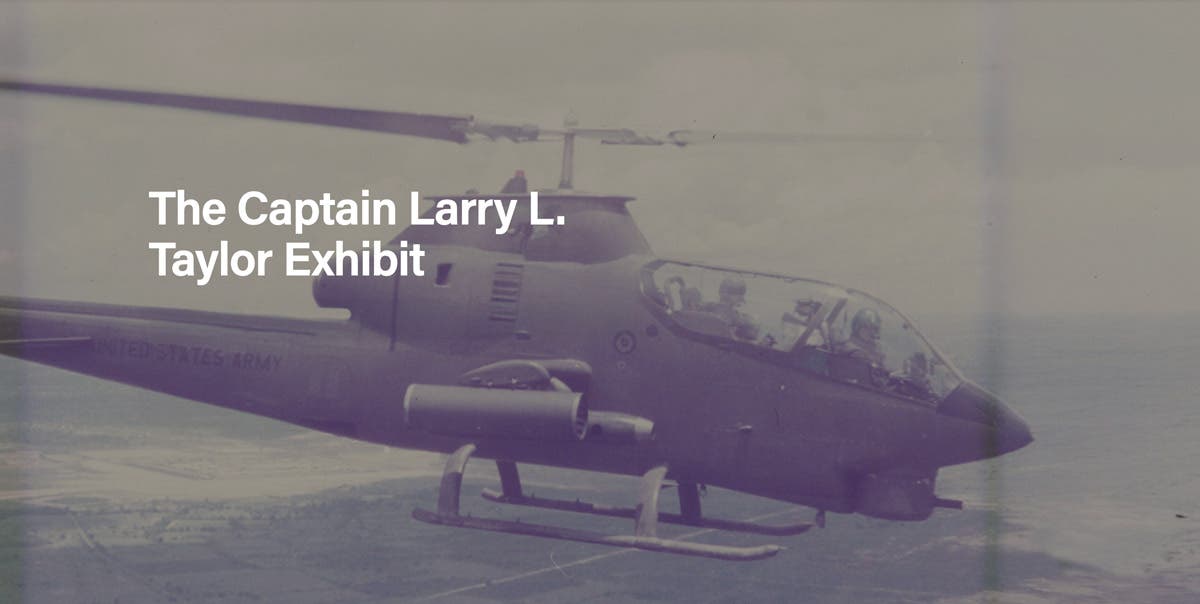33,902 Rounds Later
New York artillery vet shares his memories by Col. Richard Goldenberg, New York National Guard How many artillery rounds did it take for a New York National Guard artillery battalion…
New York artillery vet shares his memories
by Col. Richard Goldenberg, New York National Guard
How many artillery rounds did it take for a New York National Guard artillery battalion to help win World War II? According to 93-year-old Charlie Brown, a WWII veteran of the 258th Field Artillery Battalion, the answer is 33,902. That’s the number of rounds Brown and his unit fired during ten months in combat from the Normandy Beaches in July 1944 to the heart of Germany in May 1945.
Brown, from Olean, New York, visited the New York State Military Museum in Saratoga Springs on November 20, 2017, to meet with museum director Courtney Burns and current 258th Field Artillery members to discuss his experiences and display a collection of artifacts and details about his service in the war.
Charlie Brown was born in August, 1924, in Delavan, New York, near Buffalo. He graduated from high school on June 26, 1943, and was drafted into service that summer.
Following basic training at Fort Bragg, North Carolina, where he was taught communications and fire direction skills, Brown joined the 258th Field Artillery and boarded a troopship for Europe in January 1944. The battalion landed at Normandy on July 1-2,1944. Brown’s last day of combat was May 4, 1945, in Germany.
Serving in the battalion headquarters battery, Brown kept detailed notes and records in a diary. His service included five European battle stars for the battalion’s 302 days in combat and the crossing of nine rivers on his path from Utah Beach in Normandy on his way toward Berlin. His original documents and details about the movement and combat operations of the 258th Field Artillery shed new light on the experiences of a New York soldier in WWII.
Brown shared his copy of the original letter to allied troops for the invasion of Normandy, his notes regarding the battalion’s movements and combat actions, and a Hitler Youth flag captured during the unit’s drive toward Berlin.
“It’s a tremendous resource,” said Burns, the museum director. “Not only the documents that he has brought, but the stories that he’s bringing with them. We’re going to be able to conduct an oral history interview with him and have him actually explain what all this stuff is so that it’ll be available for future researchers.”
Brown took time to discuss his experiences and share unique documents, photos, and artifacts of his service with the modern descendants of the battalion, Lt. Col. Peter Mehling and Capt. Steven Kerr, the commander and operations officer of the New York Army National Guard’s 1st Battalion, 258th Field Artillery.
“The photographs of the batteries in action are especially important since so few for this unit exist,” Burns said. “Not only is this great documentation for the unit, Mr. Brown’s clear recollection and vivid stories provide an additional level of meaning and significance.”
When the battalion broke out from the Normandy beachhead in the summer of 1944, Brown kept notes showing how many miles the battalion advanced each day and the number and type of artillery rounds fired.
“The maps and overlays presented are priceless,” Mehling said after looking over the battalion’s movements through Europe. “Those documents convey with complete detail how the battalion fought from Normandy to Magdeburg. This data and level of detail simply does not exist for many units.”
The 258th would go on to serve in the Hürtgen Forest and the Battle of the Bulge before their drive into Germany took the battalion to the Elbe River.
“That’s one thing about the 258th Field Artillery — we weren’t backing up for anybody,” Brown joked with the modern day soldiers. “We may have gone sideways once or twice, but never backwards.”
What does Brown consider among his most important artifacts? A simple two-dollar bill.
“I had a two-dollar bill, and every country I was in, I’d pull it out and write it down,” Brown explained. “Starting in Scotland, then Wales, then England, and on into France, Belgium, Holland, and finally, Germany. So, this two-dollar bill has got all sorts of dirt on it from pulling it out of my pocket everywhere I went,” he said.
“It has been haunting him not knowing what might happen to all this material — to all this information — when he’s gone,” according to Jack Drouin, a retiree and historian who helped Brown research his unit’s service. That led Drouin to contact the military museum and Courtney Burns to schedule an oral history and review of Brown’s information for future archiving.
Brown’s documents, overlays, and data bring life to the 258th Field Artillery’s WWII narrative, Mehling said.
“Units build esprit de corps by their understanding of where their unit has been and the challenges it has overcome,” Mehling said. “Perhaps most importantly, at the individual soldier level, it gives them a sense of their place in history. It tells them just how much what they are doing matters to our country. In passing this on, Charlie is still serving our country.”
“The names change, the uniform and the equipment changes, but the soldiers just stay the same all the time. It’s amazing,” Mehling said.








